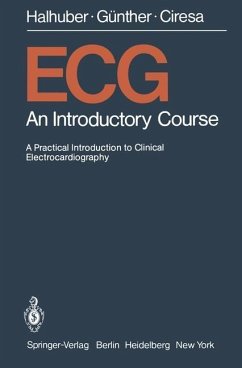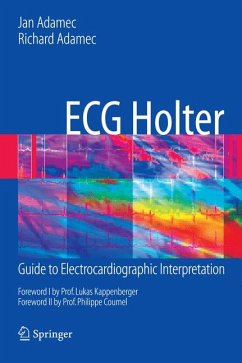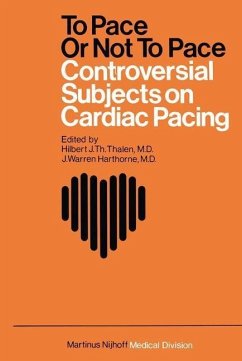
Twelve-Lead Electrocardiography (eBook, PDF)
Theory and Interpretation
Versandkostenfrei!
Sofort per Download lieferbar
40,95 €
inkl. MwSt.
Weitere Ausgaben:

PAYBACK Punkte
20 °P sammeln!
Aimed at residents in cardiology as well as family practitioners and medical health professionals of all kinds, this is a fully revised and updated edition of the major work that teaches health professionals to utilize the 12-lead ECG in daily clinical practice. It deals with the analysis of the morphology of ECG waveforms in order to diagnose many conditions not related to rhythm, including ischemia, acute myocardial infarction, and hypertrophy of the heart muscle. Almost all other texts of morphologic interpretation for non-cardiologists rely heavily on memorizing electrocardiographic patter...
Aimed at residents in cardiology as well as family practitioners and medical health professionals of all kinds, this is a fully revised and updated edition of the major work that teaches health professionals to utilize the 12-lead ECG in daily clinical practice. It deals with the analysis of the morphology of ECG waveforms in order to diagnose many conditions not related to rhythm, including ischemia, acute myocardial infarction, and hypertrophy of the heart muscle. Almost all other texts of morphologic interpretation for non-cardiologists rely heavily on memorizing electrocardiographic patterns. This book is unique because of its different technique, leading the reader through easily understood electrophysiologic principles, and then allowing the reader to deduce what the 12 lead electrocardiogram will look like under various circumstances.
Dieser Download kann aus rechtlichen Gründen nur mit Rechnungsadresse in A, B, BG, CY, CZ, D, DK, EW, E, FIN, F, GR, HR, H, IRL, I, LT, L, LR, M, NL, PL, P, R, S, SLO, SK ausgeliefert werden.













